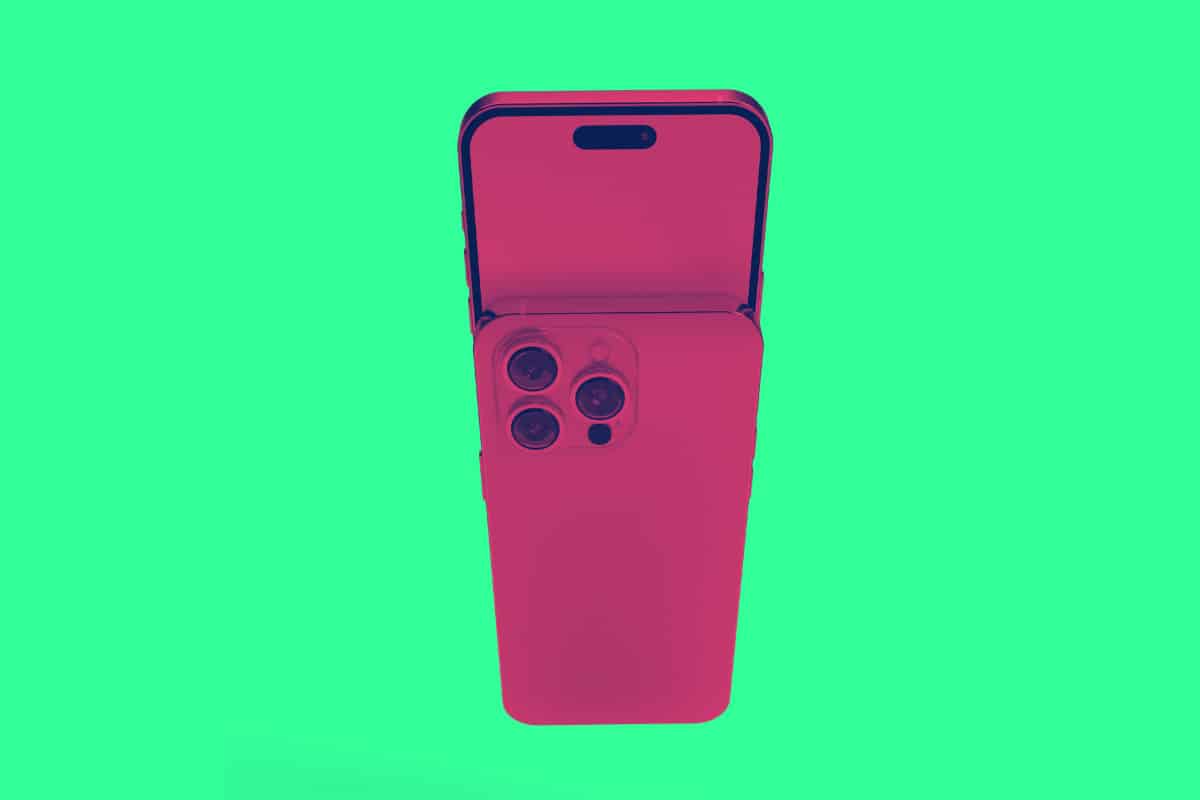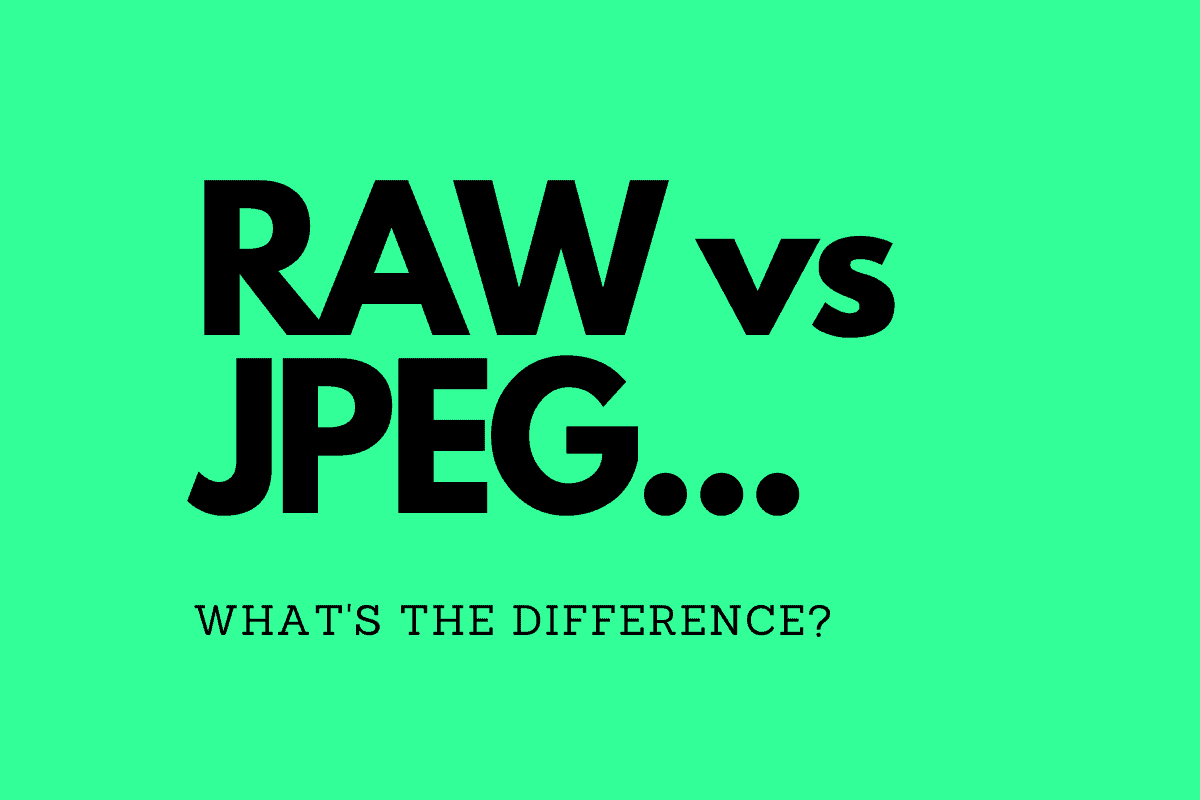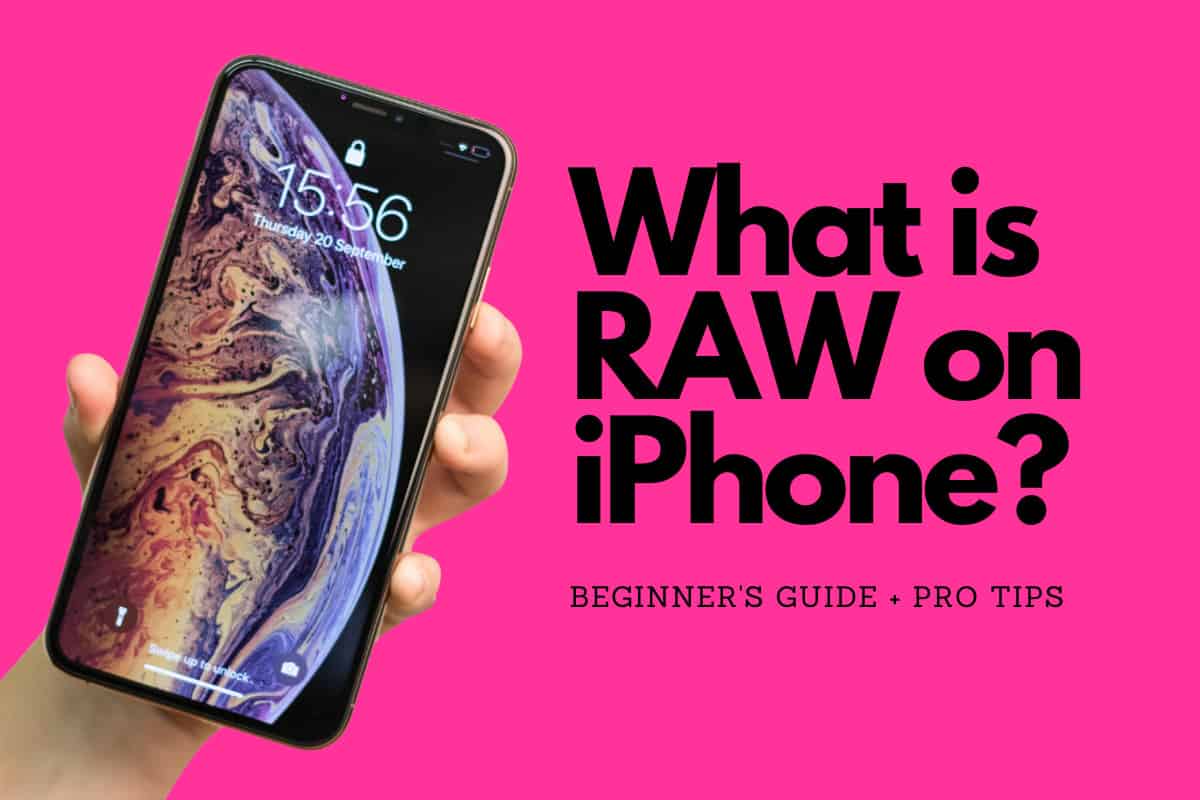RAW on iPhone is one of the biggest things to happen to mobile photography since cameras were put in phones way back when. Here’s everything you need to know about what RAW is on your iPhone camera…
You can do A LOT with your iPhone’s camera. You can shoot impressive looking video content, slow said video content down, capture amazing vistas with its ultra wide lens, and create professional-looking headshots with its front-facing camera.
But there is one, relatively newish feature that is often overlooked, save for those of us that produce content for a living.
This is why the Pro and Pro Max models in Apple’s iPhone range are so popular; they support this new codec.
As we peel back the layers of modern smartphone photography, it’s impossible to overlook the power and potential of Raw photography on the iPhone.
This guide will demystify Raw photography, unpack the evolution of iPhone camera capabilities, and highlight the benefits of this increasingly popular format.
What is RAW on iPhone Camera?

Have you ever taken a shot that looked stunning on your iPhone screen, only to be disappointed with the final result after you’ve transferred it to your computer?
If so, Raw could be your new best friend.
Unlike the standard JPEG or HEIC formats, which compress your photos and can sometimes lose detail, Apple’s Raw format is an uncompressed, untouched version of the image data from your phone’s sensor.
Essentially, shooting in Raw means you are getting the highest level of information possible from your camera, providing a much greater range of flexibility and control when it comes to post-processing.
But in order to do this, you’ll want to ensure that your iPhone is protected from water – any exposure to water can seriously hamper the performance of your iPhone’s camera.
Since the launch of the original iPhone in 2007, each new model has brought a significant leap in camera technology, making it easier than ever for iPhone users to take professional-quality photos.
One of the major turning points was the introduction of Raw capabilities, starting with the iPhone 12 Pro and Pro Max models. The move was a game changer, offering serious photographers the ability to capture a higher level of detail and nuance in their images than ever before.
Why RAW is Important
Shooting in Raw format comes with numerous advantages, the main one being the level of control it offers.
With Raw, you’re essentially getting an unprocessed and uncompressed digital negative of your photo, with no loss of quality from in-camera processing.
This means you can make more extensive adjustments to elements like exposure, color balance, and sharpness without degrading the image quality.
And because Raw files retain more information about the image, they provide more scope for recovering detail in shadows and highlights.
Shooting in Raw on your iPhone gives you the same level of control as you’d normally only get on professional DSLRs and mirrorless cameras.
Raw vs. JPEG: Key Differences

To understand the significant difference between Raw and JPEG formats, let’s start by defining what they are.
- JPEG, standing for Joint Photographic Experts Group, is a universally accepted format that is automatically processed within the camera. When you take a photo, your iPhone automatically compresses and saves the image as a JPEG. The advantage of JPEGs is that they are ‘ready-to-use’. They come out of your iPhone fully processed, with adjustments made to color, sharpness, contrast, and more, creating smaller, shareable files.
- On the other hand, Raw format, often considered the ‘digital negative’, captures all the image data recorded by the sensor when you take a photo. It’s unprocessed, which means none of the file information gets compressed or lost. When you shoot in Raw, you are preserving the full range of data from the camera’s sensor, offering you a lot more to work with in post-processing.
The key differences between Raw and JPEG lie in quality, flexibility, and size:
- Quality: Raw files retain more information, resulting in higher image quality. JPEGs, due to compression, can lose some detail and exhibit artifacts, especially when heavily edited or enlarged.
- Flexibility: Raw files give you greater control over adjustments like exposure, white balance, and color rendering during post-processing. While you can edit JPEGs, they don’t have the same flexibility and can degrade in quality after heavy manipulation.
- Size: Raw files are larger because they contain more data. This can eat up storage space on your iPhone quicker than JPEGs, so it’s something to keep in mind if you plan to shoot extensively in Raw.
Advantages of Raw Format
While Raw images require more effort in post-processing and take up more storage space, the benefits can be significant, particularly for those who want to get more serious about their iPhone photography.
Benefits of RAW vs Standard Formats (JPEG, HEIC)
- Greater Detail: Raw files capture a greater level of detail. They allow you to extract the maximum amount of detail from your shots, which is particularly useful when photographing scenes with high contrast or intricate detail.
- Broader Dynamic Range: Raw files also capture a wider dynamic range, providing more detail in the shadows and highlights. This gives you more control over your images’ final look, allowing you to maintain detail in areas that might otherwise be overexposed or underexposed.
- Superior Color Control: With Raw, you have more control over the color of your images. You can adjust the white balance and color saturation in post-processing without risking the degradation of your image quality.
- Non-Destructive Editing: One of the main benefits of Raw is that edits are non-destructive. Because you’re working with so much data, you can make changes to your photos without losing quality.
- Flexible Exposure Adjustments: Raw gives you the flexibility to correct exposure issues after the shot has been taken. If an image is overexposed or underexposed, you can fix these issues without significantly degrading the image quality.
Benefits of Shooting in Raw on iPhone Camera
As you can see in the video above, shooting in RAW comes with a raft of benefits over standard formats. But to really give you an idea of why more and more content creators are using RAW, here’s a more detailed and nuanced look at some of the benefits you get when you switch to RAW.
Let’s delve into each of these advantages:
Preserving Image Quality
When you capture a photo in Raw format, every single bit of data that the camera’s sensor captures is retained.
This means no information is lost to compression, as it would be with a JPEG image. Because of this, Raw photos preserve more detail and color information, leading to higher quality images.
You can edit and fine-tune your shots without worrying about the image becoming pixelated or losing detail. This is particularly beneficial if you plan to print your images or display them on large screens.
Maximizing Dynamic Range
The dynamic range of a photo refers to the difference between the lightest and darkest part of an image.
Raw files capture a wider dynamic range than JPEGs. This means they can retain more detail in bright highlights and deep shadows, giving your images a more balanced and lifelike appearance.
When shooting in Raw, you have the potential to recover detail from overexposed skies or bring out subtle textures in dark areas, which might otherwise be lost in a JPEG image.
Greater Flexibility in Post-processing
One of the major benefits of shooting in Raw is the level of control you get over your image during post-processing. While JPEG images come out of the camera with automatic adjustments to aspects like color, contrast, and sharpness,
Raw images are essentially a blank canvas.
This means you have the freedom to make these adjustments yourself, in line with your creative vision. For instance, you can adjust the white balance after the fact, fine-tune the exposure, or tweak colors and tones to your heart’s content, all without degrading your image’s quality.
Unleashing Creative Possibilities
Finally, shooting in Raw can open up a world of creative possibilities.
Because you’re capturing more detail and color information, you can experiment with more extensive edits and artistic effects.
Whether you’re aiming for a highly stylized look, trying to recreate the mood of a particular scene, or simply making minor adjustments to perfect your image, shooting in Raw gives you the room to realize your vision.
Moreover, there are numerous powerful editing apps available that fully support Raw editing, so you can make these adjustments right on your iPhone.
From adjusting the curves and levels to using advanced color grading techniques, the creative possibilities are significantly increased.
How to Enable Raw Capture on iPhone Camera
Here’s how to enable Raw capture on your iPhone camera.
Compatible iPhone Models
To shoot in Raw, you need an iPhone model that supports this feature. Raw capture is available on the iPhone 12 Pro, iPhone 12 Pro Max, and later models. Apple introduced this feature with the advent of iOS 14.3, and it continues to be a staple feature in subsequent iOS versions.
Adjusting Camera Settings
Once you’ve confirmed that your iPhone model supports Raw capture, you need to enable it in the camera settings.
Here is how you can do it:
- Open the Settings app on your iPhone: The Settings app is where you can tweak all the system-level details on your iPhone, including the camera settings.
- Scroll down and tap on ‘Camera’: This will take you to the camera settings page where you can adjust all sorts of settings for taking photos and videos.
- Tap on ‘Formats’: Under the ‘Formats’ tab, you will find the options for changing the format in which your iPhone captures photos and videos.
- Toggle on ‘Apple ProRAW’: Under the ‘Photo Capture’ section, you will see an option labeled ‘Apple ProRAW’. Toggle this switch on. When this option is enabled, you will be able to capture photos in Raw format.
- Capture Raw Photos: After you’ve enabled Apple ProRAW, a new ‘RAW’ button will appear at the top right corner of your camera app. To capture a photo in Raw, make sure this button is activated. If it’s white, it’s off. If it’s bright, it’s on.
Remember, Raw images take up more space on your phone, so use it sparingly if you’re worried about storage. For more iPhone camera tricks and tips, be sure to check out our dedicated iPhone photography beginner’s guide – it covers all the foundational stuff you need to know to start improving your photography.


